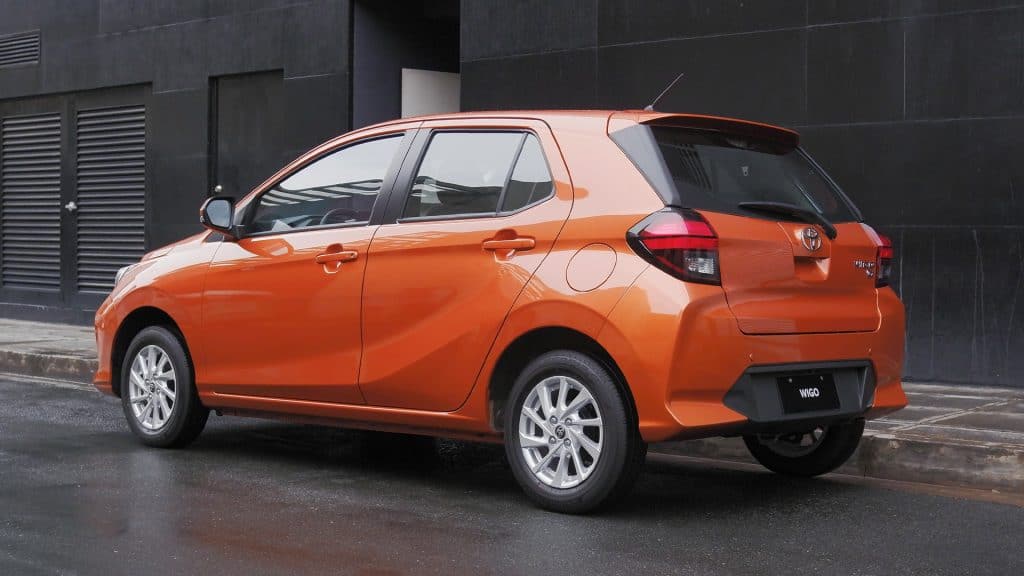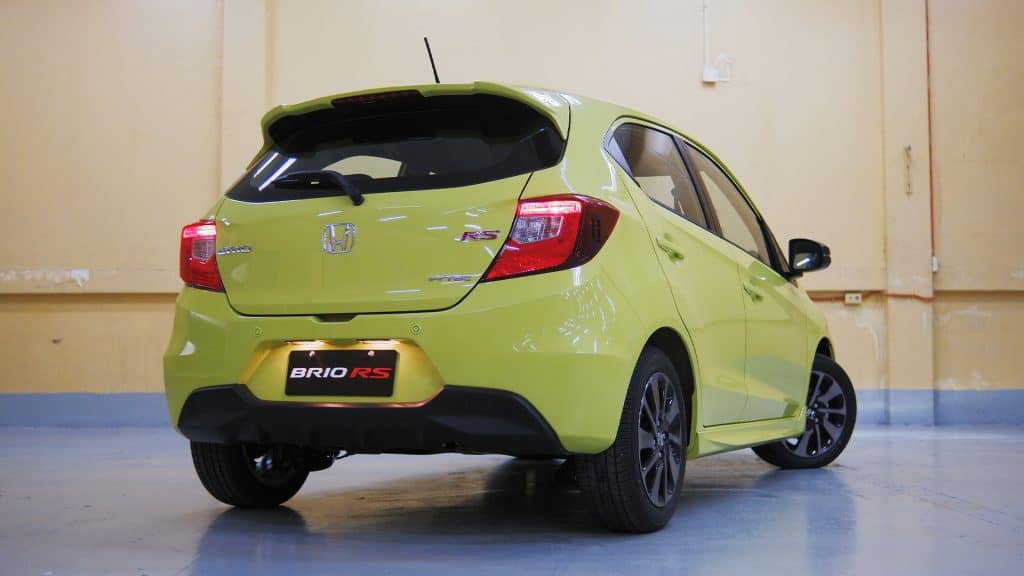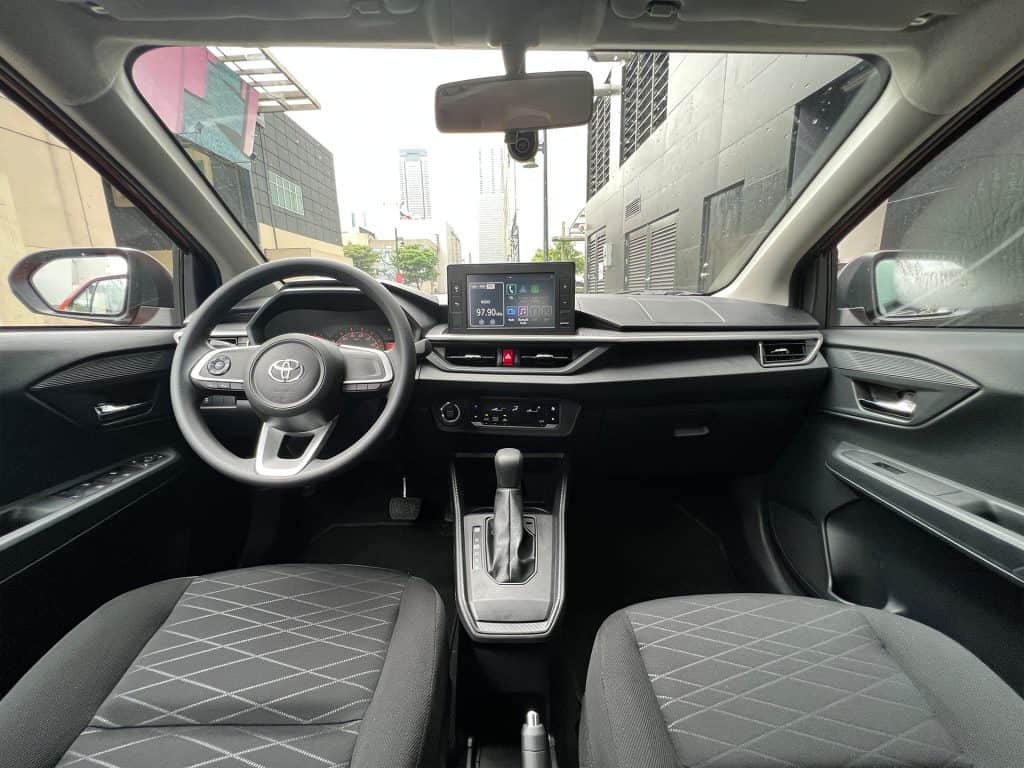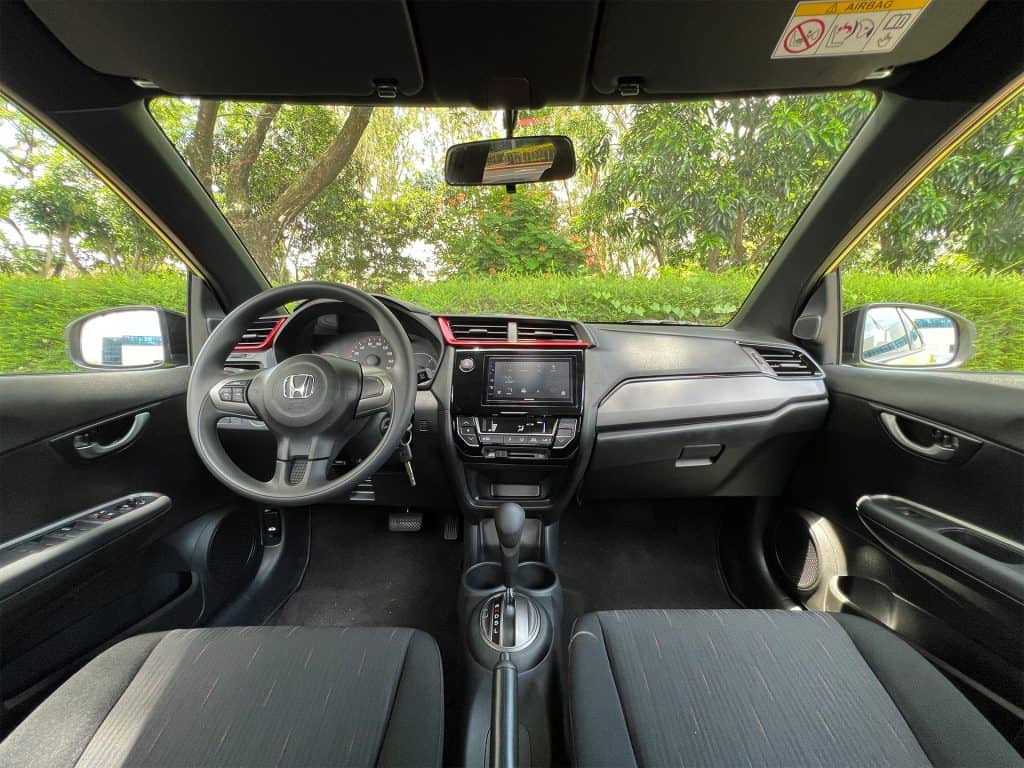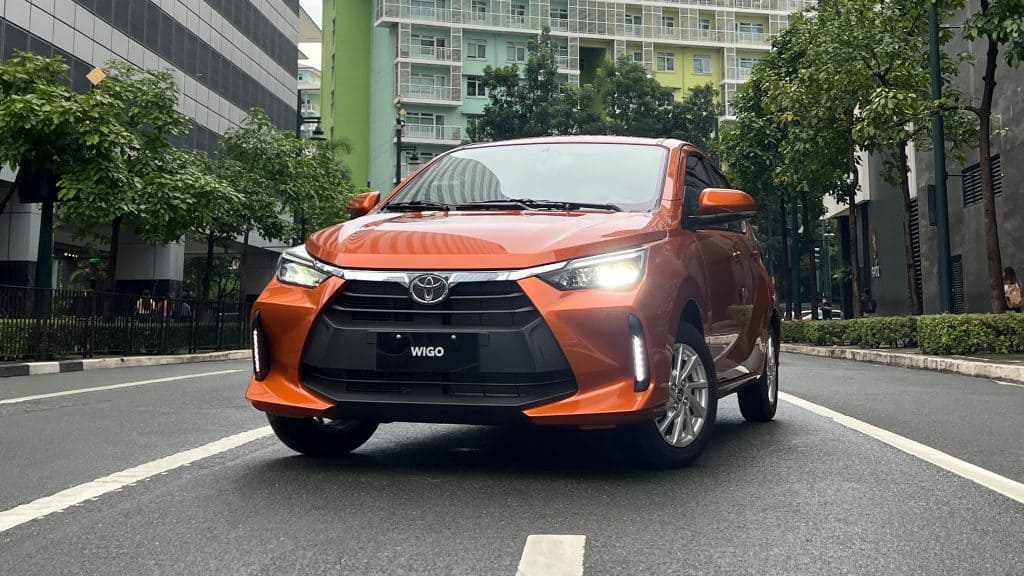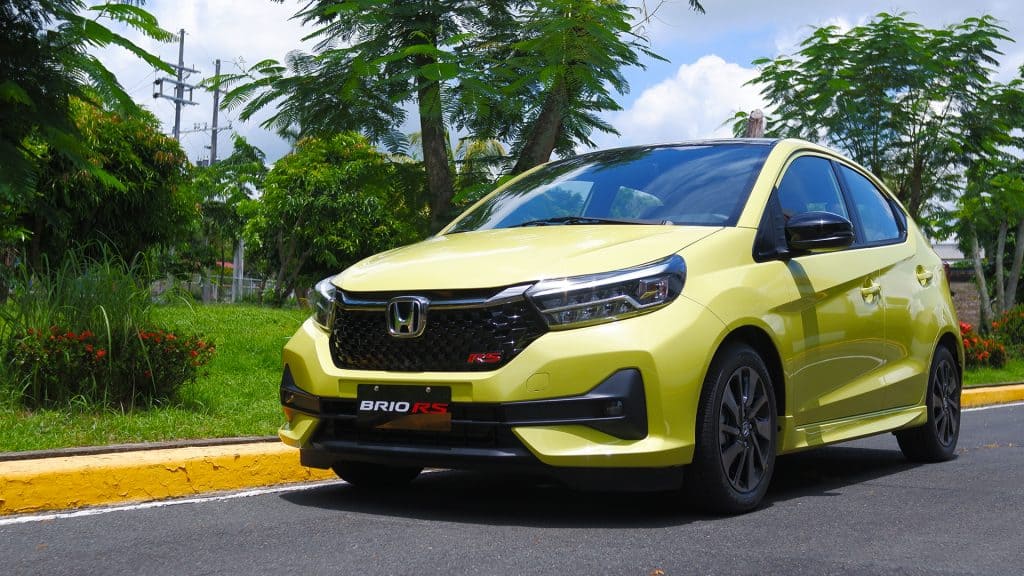The Honda Brio and Toyota Wigo haven’t had a direct matchup since their launch in 2014. Even then they were months apart. But after that, the Wigo had facelifts in 2017 and 2020 while the Brio had an overhaul in 2019. So it was surprising that this July, their newest iterations were launched 24 hours apart, and they even have the same number of variants. With a new look, new package, and new pricing, let’s take a look at which small hatchback has the upper hand.
Base
Toyota immediately laid out its ace by having a lower entry price of PHP 609,000 for the J M/T. In contrast, the Honda Brio is more expensive than the Wigo’s top of the line with its base model at PHP 735,000. That difference can be seen in their powertrains as the Wigo retains its 1-liter engine from the previous model that produces 67 PS and 89 Nm. Meanwhile, the Brio also retained its slightly bigger 1.2-mill with 90 PS and 110 Nm. They both come with a 5-speed manual transmission in this trim.
What it lacked in power, the Wigo more than made up for in features. They may have the same non-touchscreen infotainment system for the base models but the Wigo comes ahead with an all LED lighting up front (yes, even in this variant), and some safety bits like dual front airbags, ABS, even stability control, and hill start assist.
For its part, the Brio has dual front airbags, ABS with EBD, and rear parking sensors. It may be a step down in lighting with its halogen assembly but at least, it has a power adjustment for the side mirror unlike the Wigo’s full manual adjustment that requires you to roll your window down. There’s also a keyless entry system and 4 speakers inside the cabin compared to the Wigo’s 2.
Middle
Moving to the middle trims, both the Wigo and Brio get a CVT at this level which is new for the Toyota. The Wigo E is at PHP 684,000 while the Brio V is priced at PHP 827,000 but at this point, the additions are more significant for the Honda. The Brio V gets a 7-inch touchscreen with Apple CarPlay and Android Auto, the wheels improve to a 2-tone alloy design, it gets an LED daytime running light, steering wheel audio button, and speed sensing door locks.
An 8-inch touchscreen makes its way to the Wigo E’s dashboard that also has Apple CarPlay and Android Auto while entry becomes keyless. Its exterior gets rear wipers and rear sensors but at this level it still has manual adjust side mirrors and only 2 speakers.
Flagships
Saving the best for the last, the Wigo G gets a slew of improvements at PHP 729,000. It finally has power adjustment and even power folding function for its side mirrors while the rear gets a camera and LED third brake light. Inside, it now has a smart entry system as well as Push Start button, digital display for its manual aircon, height adjuster for the driver’s seat, discreet dashcam, and speaker count increases to 4. If the Wigo E looked pale with its features, the Wigo G is full of life again.
Moving up to the Brio RS, things become more about visual distinction over function. Improvements include LED headlights, LED foglights, 15-inch dark RS wheels, tailgate spoiler, power folding side mirrors, and 2 tweeters for audio. The rest are RS touches inside and out that give it more of a sporty vibe compared to the V.
With the specs out of the way, the only remaining aspect to compare between the two is how they drive. I’ve driven both, albeit very quickly during my respective shoots with them. I appreciate the Wigo’s new spacious body, nicely weighted steering wheel, and smoother CVT. However, the one on the Brio is definitely a notch better in terms of shifting. It also helps that it has a slightly bigger engine giving it a livelier characteristic on the road.
There are a few more questions for both hatchbacks before we can have a clear winner. Can the Brio’s engine justify its price? With the bigger body but same engine, is the Wigo still as fuel efficient as before? We’ll need a longer drive for each, especially the Wigo, before we can answer those. For now, I suggest you consider which features matter most to you and see where you’ll end up in the variants of the Brio and Wigo.


